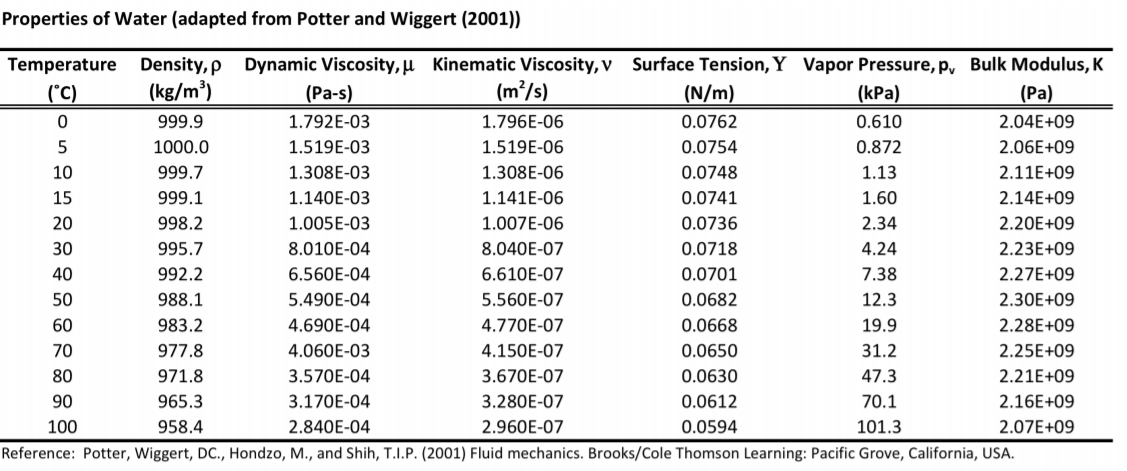

In addition to technical articles and white papers, our application scientists are available to discuss your particular application needs and help you find solutions to your most pressing testing issues. For articles and white papers pertaining to General Viscosity, Dynamic (Absolute) Viscosity - Converting Chart Convert dynamic viscosity values between units like Poiseuille - Poise - centiPoise and more. Our scientists contribute to industry knowledge by authoring papers in various technical publications. Gravity Viscosity at 20C/68F and 50C/122F for more than 120 crudes is shown as function of specific gravity15C/60F. Intrinsic viscosity reflects the capability of a polymer in solution to enhance the viscosity of the solution.
#Cs vs cst viscosity iso
Intrinsic Viscosity (): The ratio of a solution’s specific viscosity to the concentration of the solute, extrapolated to zero concentration. Information Bulletin 6: Viscosity Classifications 3 Table 2: Industrial lubricant viscosity classification Viscosity system grade Mid-point viscosity, Kinematic viscosity limits, mm2/s (cSt), at 40C ISO standard 3448 2mm /s (cSt), at 40C ASTM D 2422 Min Max ISO VG 2 2.2 1.98 2.42 ISO VG 3 3.2 2.88 3.52 ISO VG 5 4.6 4.14 5. Measured in stokes (St) or centistokes (cSt). Also known as the coefficient of kinematic viscosity. Kinematic Viscosity: The absolute viscosity of a fluid divided by the density of the fluid. Also known as coefficient of viscosity.Īpparent Viscosity: The value obtained by applying the instrumental equations used in obtaining the viscosity of a Newtonian fluid to viscometer measurements of a non-Newtonian fluidĭilute Solution Viscosity: The viscosity of a dilute solution of a polymer, measured under prescribed conditions, is an indication of the molecular weight of the polymer and can be used to calculate the degree of polymerization.
#Cs vs cst viscosity manual
These manual glass viscometers require the use of a Constant Temperature Bath in order to stabilize the sample temperature for measurement.Ībsolute Viscosity: The tangential force per unit area of two parallel planes at unit distance apart when the space between them is filled with a fluid and one plane moves with unit velocity in its own plane relative to the other. Most laboratory instruments use glass capillaries or "tubes".

There are several standardized capillaries in use. The more viscous an oil, then the longer it takes to flow via a capillary under the influence of gravity alone. Generally, measurements made using capillary viscometers rely on the relation between time and viscosity. Online calculator, figures and tables with dynamic (absolute) and kinematic viscosity for air at temperatures ranging -100 to 1600C (-150 to 2900F) and at pressures ranging 1 to 10 000 bara (14.5 - 145000 psia) - SI and Imperial Units. The most common method for measuring kinematic viscosity is the use of a gravimetric capillary (Figure 1) that is usually temperature controlled at 40 ☌ and 100 ☌ for multigrade oils, and 40 ☌ for single grade oils. Video courtesy of Ekeeda - Measuring Kinematic Viscosity


 0 kommentar(er)
0 kommentar(er)
